Mastering the Timeless and Expressive Art of Black and White Images
What is black and white photography?
Black and white photography is a unique style that captures images in various shades of gray. By eliminating color, this method emphasizes elements like composition, lighting, and texture, offering a fresh perspective on landscapes, portraits, and more. It can create a timeless or artistic feel.
Why Learn Black-and-White Photography?
Learning black-and-white photography isn’t just about shades of gray. It’s about understanding the core principles of photography such as lighting and contrast. It challenges you to think differently, experimenting with shapes and tones, and focusing on the subtle details within the frame. It’s also a means to convey deep emotions and mood through a nostalgic and timeless quality, and a way to enhance your overall technical skills, applicable even in color photography.
In short: Learning black-and-white photography expands your photographic skills, enhances your creative vision, and deepens your understanding of the medium.
“It allows you to create compelling images that go beyond the limitations of color and can leave a lasting impact on viewers.”
Dingo siblings
Photographed about 6 weeks ago on the sand dunes. What I Love about this Image is the silhouetted ears of the two wild dingos, always alert for danger and opportunities for prey. I also really like that the sand dune is partially obscuring the lower half of both dingos giving a feeling like they are floating in space. I’ve been back since then for many days but have not seen these two again – I hope they’re still around. Brent
Creating Striking Black-and-White Photos:
When crafting a black-and-white photograph, composition is critical. Look for leading lines, symmetry, and patterns to create a balanced image. Utilize a wide range of tones, from deep blacks to bright whites, to add contrast, depth, and visual interest. Textures and details come alive in black and white, so focus on sharp and well-defined aspects. Experimentation with lighting can add drama and shape your subject or scene. Storytelling through mood and emotions, and post-processing to fine-tune the image are also vital components.
Ultimately, a good black-and-white photo is one that engages viewers, captures their attention, and communicates your artistic vision effectively.
Wild Echidna on the beach
I got very lucky with this shot of a wild Echidna on the beach at dusk.
Interesting thing about Echidna’s are “The four extant species of echidnas and the platypus are the only living mammals that lay eggs. They have elongated and slender snouts that function as both mouth and nose. Like the platypus, they are equipped with electro sensors – they can perceive electrical stimuli to locate prey”. Fascinating!
Tips for Excelling in Black-and-White Photography:
- Study Classics: Analyse works by renowned photographers for inspiration.
- Play with Contrast: Look for scenes with diverse tonal values for visual impact.
- Spot Shapes and Textures: Find patterns and forms that stand out without color.
- Understand Lighting: Observe how light creates shadows and highlights; experiment for mood.
- Detail Focus: Emphasise fine details and textures.
- Post-Processing Mastery: Use software to fine-tune images.
- Constant Practice & Personal Vision: Keep experimenting to find your unique style and voice, reflecting your personal vision.
Mastering the art of black and white photography is a rewarding journey. It offers a chance to see the world differently, focusing on elements often overlooked in color imagery. With dedication and creativity, you can unlock a realm of artistic expression that resonates deeply with viewers, leaving a lasting impact. Whether you’re a budding photographer or a seasoned professional, black and white photography offers an endless landscape for exploration and creative growth.
Photo BootCamp Magazine
Let’s take a look at how our BootCamp members are able to explore the artistry of black and white photography, one frame at a time.
And be sure to check out how you can join BootCamp at the end of the magazine!
Below is a small sample of what’s in this magazine…
JOIN BRENT ON SAFARI
Join Brent and a small group of friendly photographers in Africa for a once-in-a-lifetime experience!
Inside BootCamp Magazine
Featured Artist
Let’s take a look at this month’s magazine. Here is our featured artist of the month, Andrew Robinson, from Australia.
This was shot in Botswana while on last years safari with Brent. He thinks this shot was an example of look behind you as there is always more to see. Shot on a Canon R6, RF 100mm to 500mm with a 2x teleconverter.
Comment: Ron du Bois – “Beautiful zebra. I love the way he/she emerges from the bokeh grassland. Stunning.”
Cover Image
This month’s featured magazine cover image is from Lynton Stacey, from Australia.
This photo qualifies as Holidays because he shot it days ago at the edge of the Sahara Desert in Morocco, but equally could be a high-key photo. He was shooting a little against the sun, hence the camels are silhouetted to some extent. He darkened them a little to emphasize the silhouette, and in the B&W panel of LR lightened the oranges and yellows to make it more high-key.
Comment: Rachel Gilmour – “Great image and even better this way, Lynton! Love the almost silhouette aspect but with a lot of detail and I love panoramas. Well done!”
Active Members
Let’s take a look at some of our BootCamp members who captures the simplicity of black and white photography.
Dave Koh from Singapore. This green lizard was staying still, gazing forward hoping that some flies or insects will pass by supposedly. It has been in stillness for a long time, and he decided to capture it since there is no cluttered background. He turned it into B & W with Adobe Bridge and adjusted the background to reduce the green.
Comment: Sheree Ebanks – “Very nice presentation, Dave. The composition is also very pleasing to the eye with the lines of the lizard’s body and legs. I would perhaps still try to separate the body from the background a bit more, perhaps it will give it a more 3D effect. Maybe take the whites up in the background. But this is a really good shot!”
Jenine Tracey from Australia is next. She was going through some photos of their 2020 Tasmania trip and came across this whale image. She used this in the Splash Challenge but she thought it was worth resurrecting. That was an amazing day because they had about 12 Humpback whales circling our boat.
Comment: Laura Griffiths – “Always lovely to see these magnificent creatures, Jenine. Well captured. With the movement of the boat you are on and the motion of the whale moving out of your focus point all the time, it’s not a dead easy shot to get.”
Then we have Kerrie Clarke from Australia. She used the soft/hard light challenge for this post. Soft light on a deserted beach in far north Kimberly, Western Australia. Taken just as the sun was dropping, the light was awesome, she loves how the shadows were so soft, and just melted away.
Comment: Jenine Tracey – “Great Shot Kerrie. I love the way the waves have worn the rocks; they are all pointing towards the highlighted outcrop at the top. On the small screen this looks busy but on the big screen it is a really serene image. I love it.”
And next we have Laura Griffiths from South Africa. She has already converted some of her recent wildlife to B/W but after watching Brent’s video she thought she’d give this image, by far her favourite of her trip, a whirl in B/W. Most often she scroll through her presets when converting as there are so many possibilities and variations but for this challenge I’ll be doing the work with the sliders. She did learn something new, changing the WB slider has never occurred to her before for a B/W conversion and it did an amazing job on this image. She moved it to more blues (left) and while there were no visible blues in the colour image (all green grasses and a golden-coloured patch of the pathway, along with the natural colours of the leopard) the bluer WB adjustment lifted the shadows around her lower body making it pop more. Also played with the other sliders ’till she was happy with the result. And noiseless edit tool for low noise in Luminar Neo.
Comment: Kerrie Clarke – “This is just a Wow image, Laura. That soft light, great focus, and perfect composition with that path drawing me into and out of the image are just superb.”
Next, we have Paul Fuller from Australia. His grandson Myles turned two on the weekend, he loves monster trucks and likes to wear his monster truck jumper. This is a photo of him at the park on his Birthday.
Comment: Leila Gonzalez Sullivan – “Wonderful capture, especially since little guys like this one seldom stay still for photos. The bokeh background is excellent and it’s really up to you if you like the framing or want to go square. In any event, a frameable shot.”
And we have Nick Ellis from Australia. Gardenia – wasn’t sure whether he should lighten this another notch or so.
Summary
- Set your camera to a black and white mode or convert the images later using editing software.
- Look for subjects with interesting shapes, textures, and patterns that can stand out without color.
- Pay attention to lighting and how it creates contrast and shadows.
- Experiment with different compositions, angles, and lighting conditions to create visually striking black-and-white images.
- Practice regularly and develop your own unique style by capturing the world in shades of gray.
Related Articles
Did you enjoy this article? Check out these related articles, too:
- Unveiling the Secret World of Bird Photography
Capturing the beauty and grace of birds through photography. - Capturing the Beauty of Wood
Uncover the Hidden Textures and Grain with Every Click – Wood Photography - A Retrospective: Our Top Photos from Last Year
Celebrating the moments and subjects that inspired us to pick up our cameras.
Do This Now
Please leave me a comment below – I’d love to know what you think. Brent

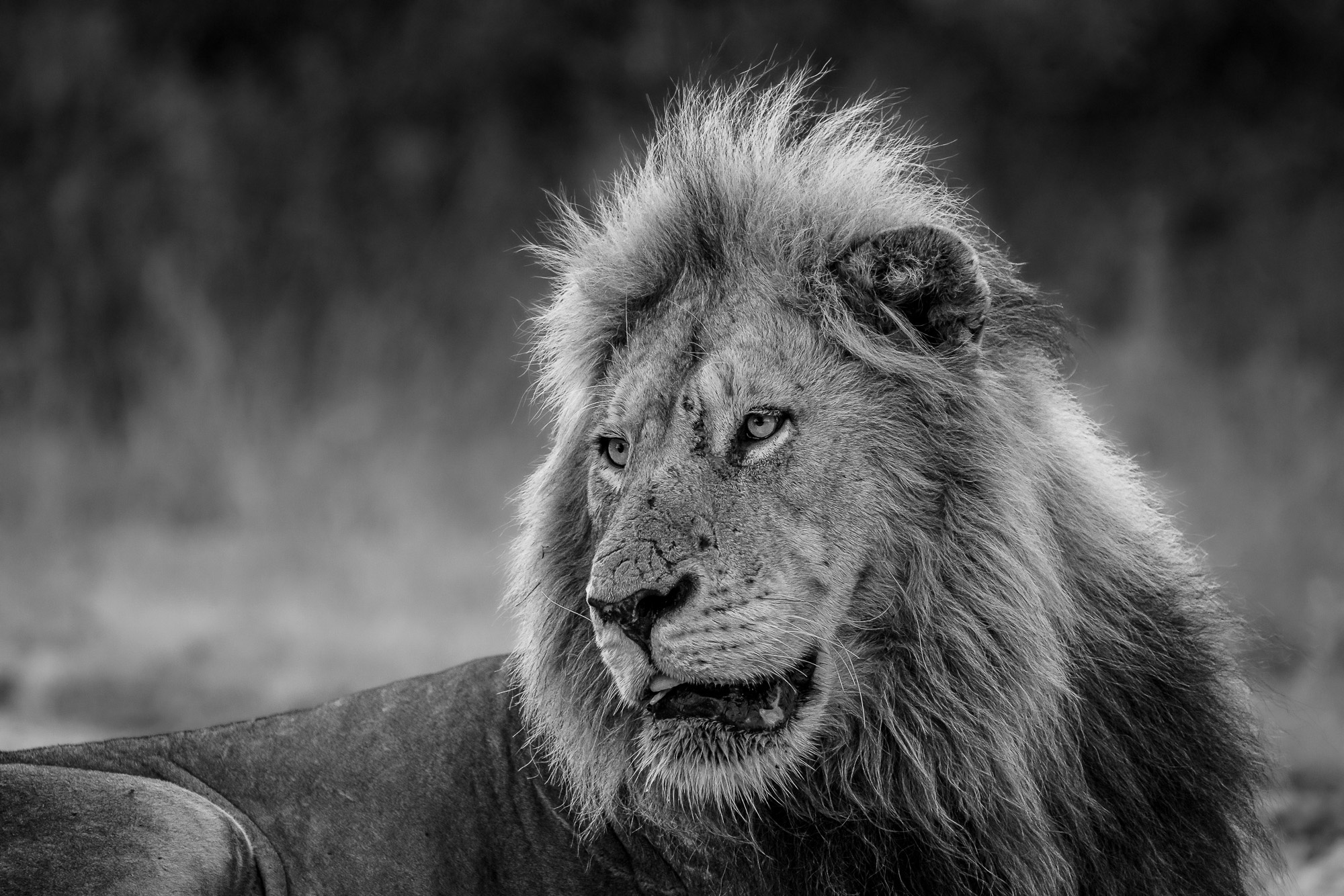
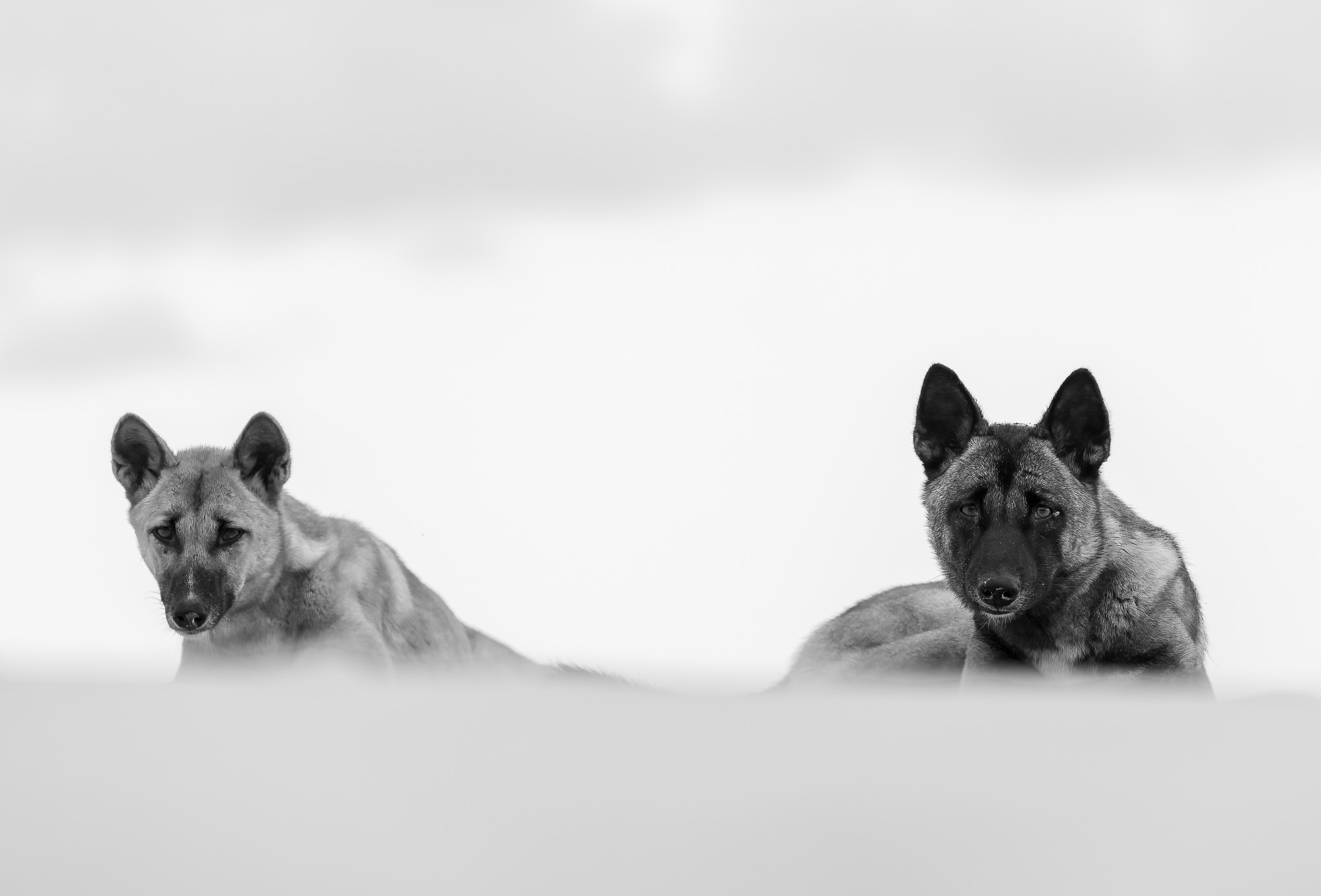
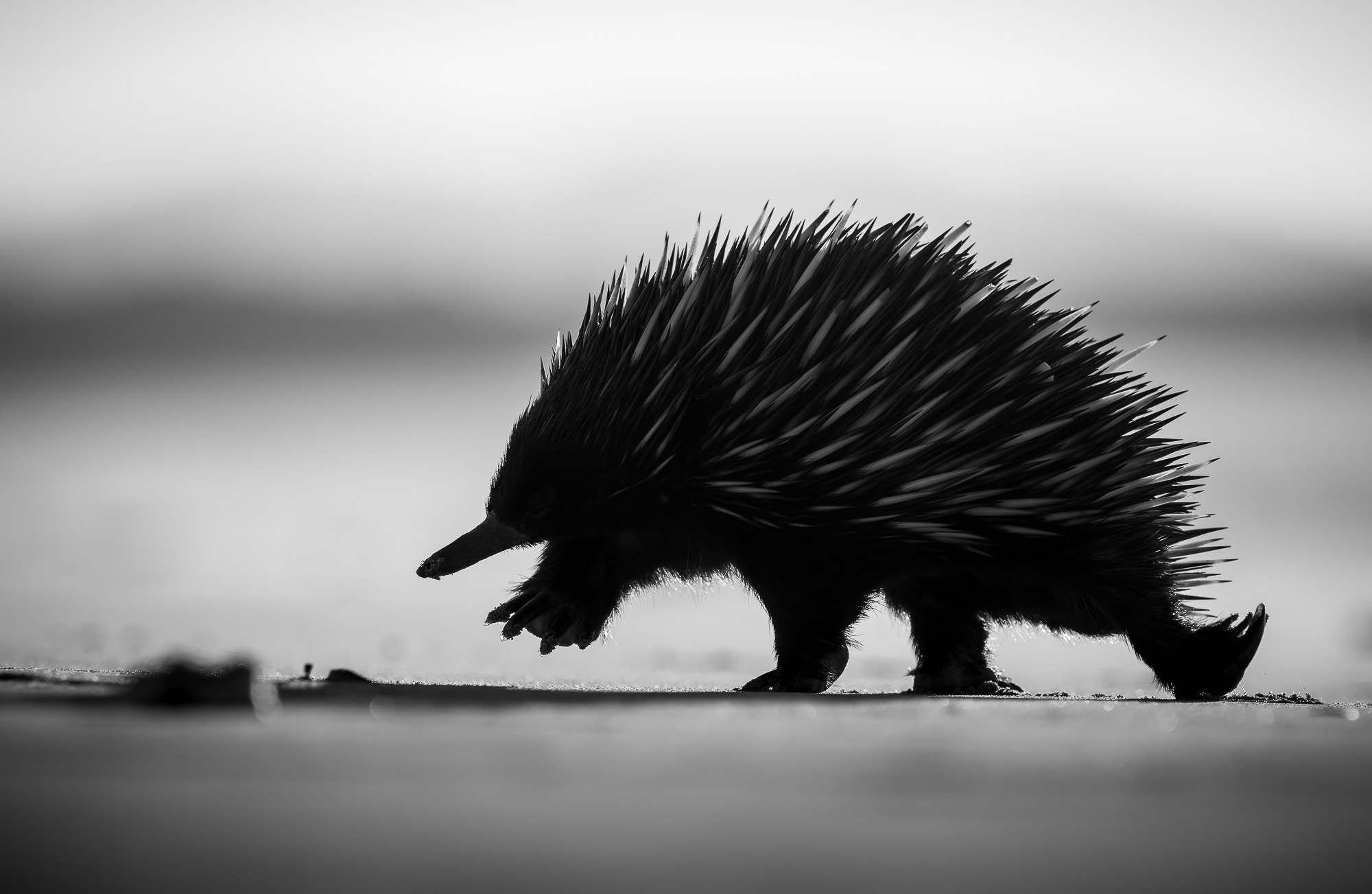


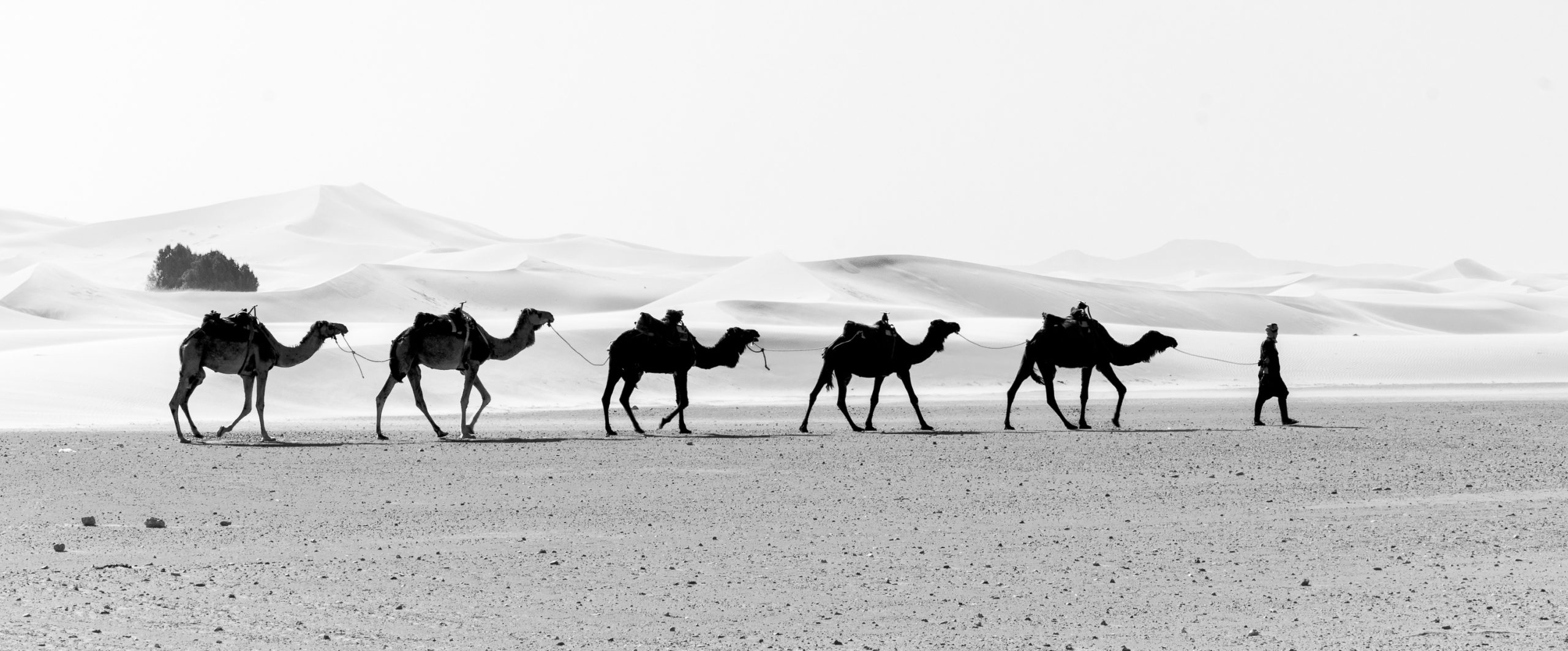


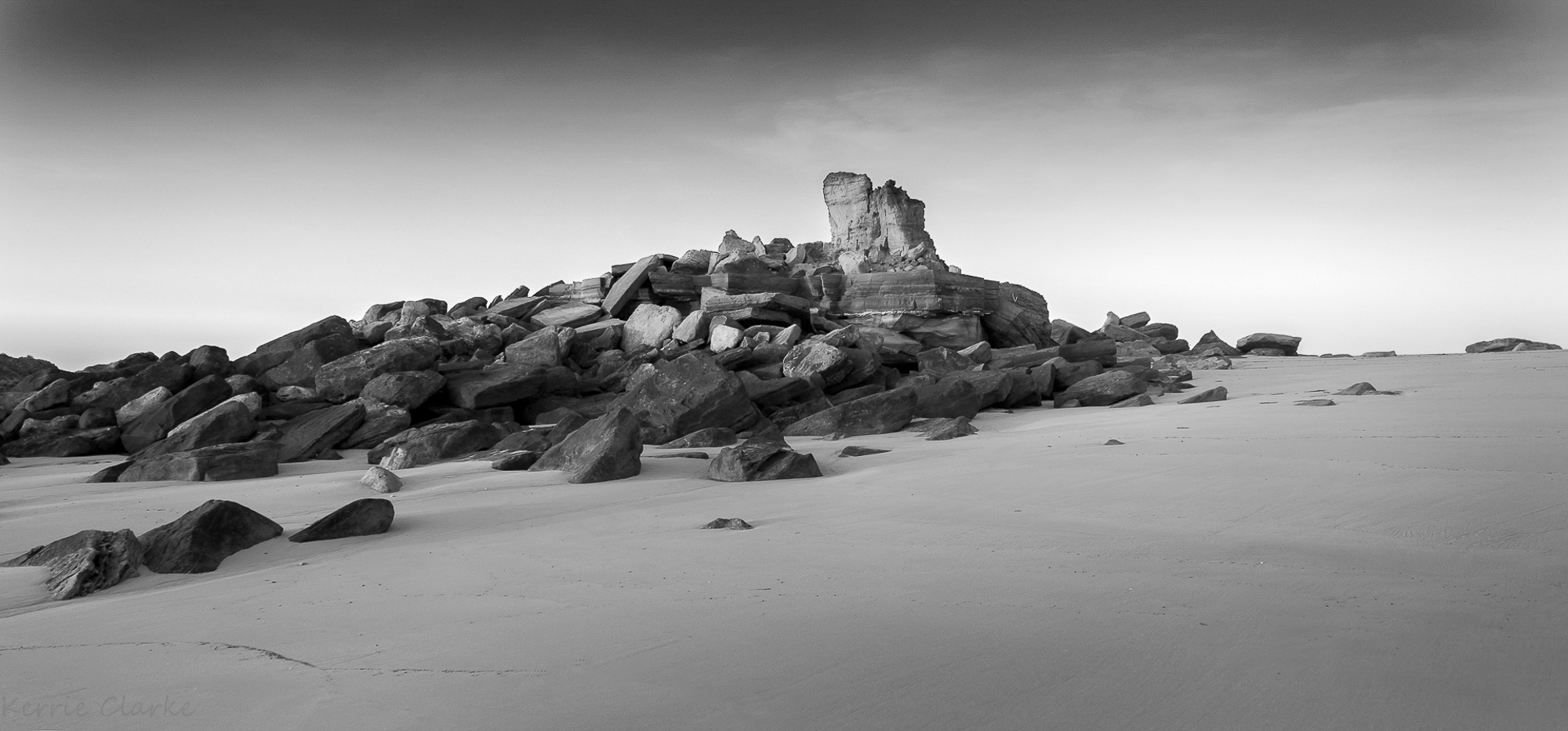
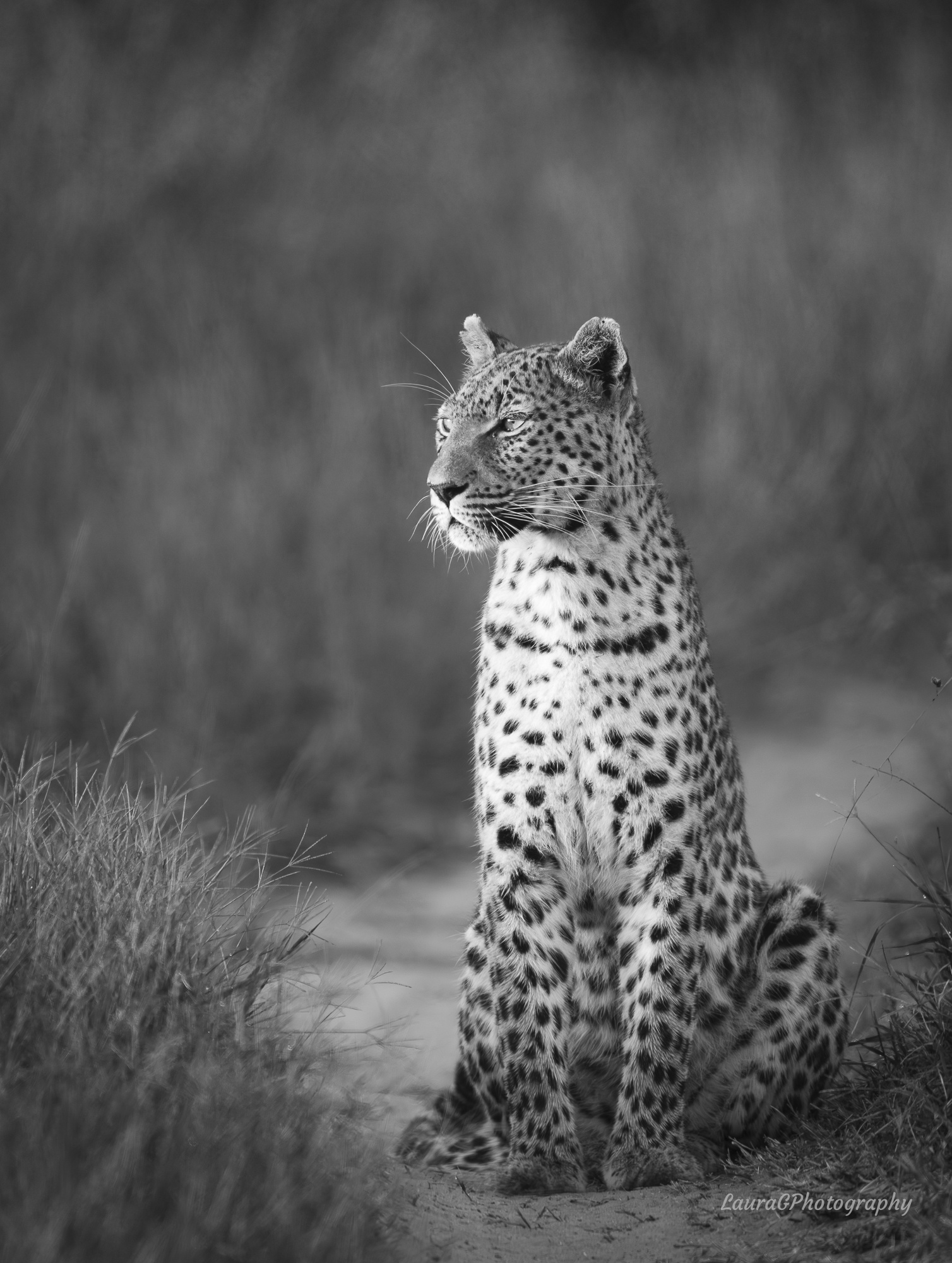
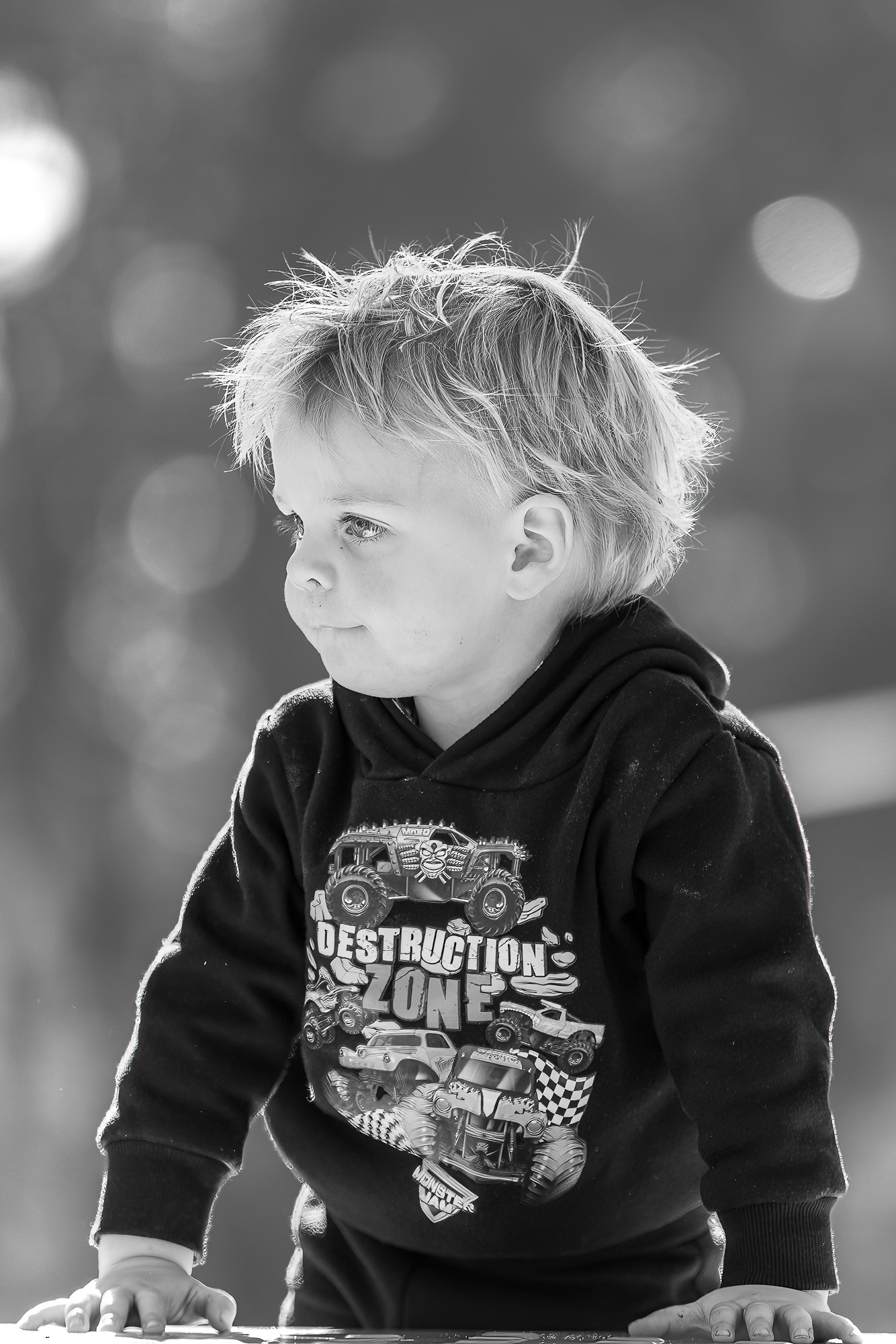
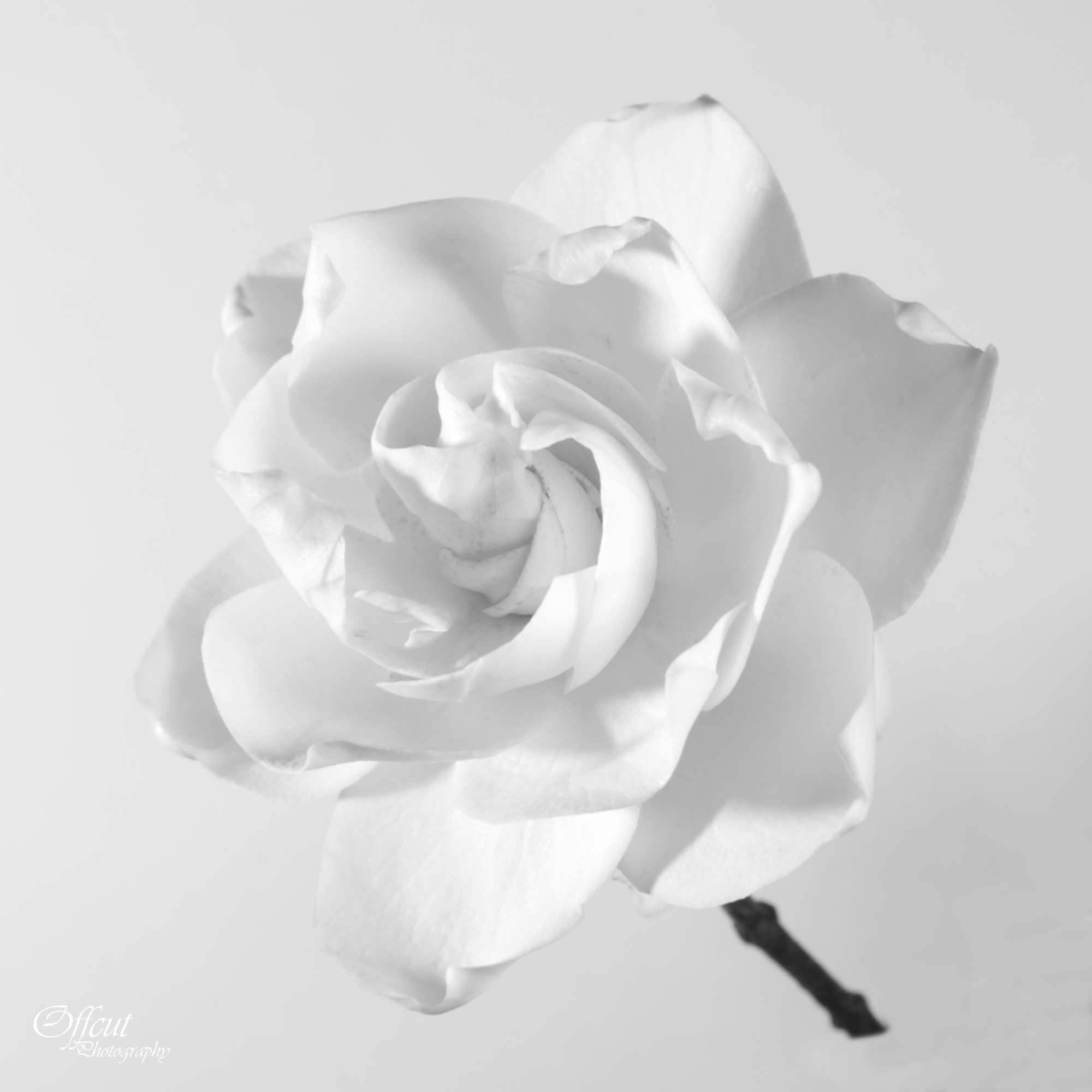
I love black and white photography. I was told in the workshops I got to attend a few years ago not to shoot in b&w, but to edit the colors later. But at this time of year, here in nw Oregon, I’m going to switch it over in camera. There isn’t much color around outside. Thanks for the tips
Not a bad idea – but keep shooting in RAW too. Brent
Such great images on this challenge. Perhaps we could do a B/W challenge at regular intervals in the future. There is so much possibility in every genre of photography in B/W
Good idea Laura
Congrats to Andrew for being featured and to Lynton for your cover image – what great work from everyone inside BootCamp. So good! Brent